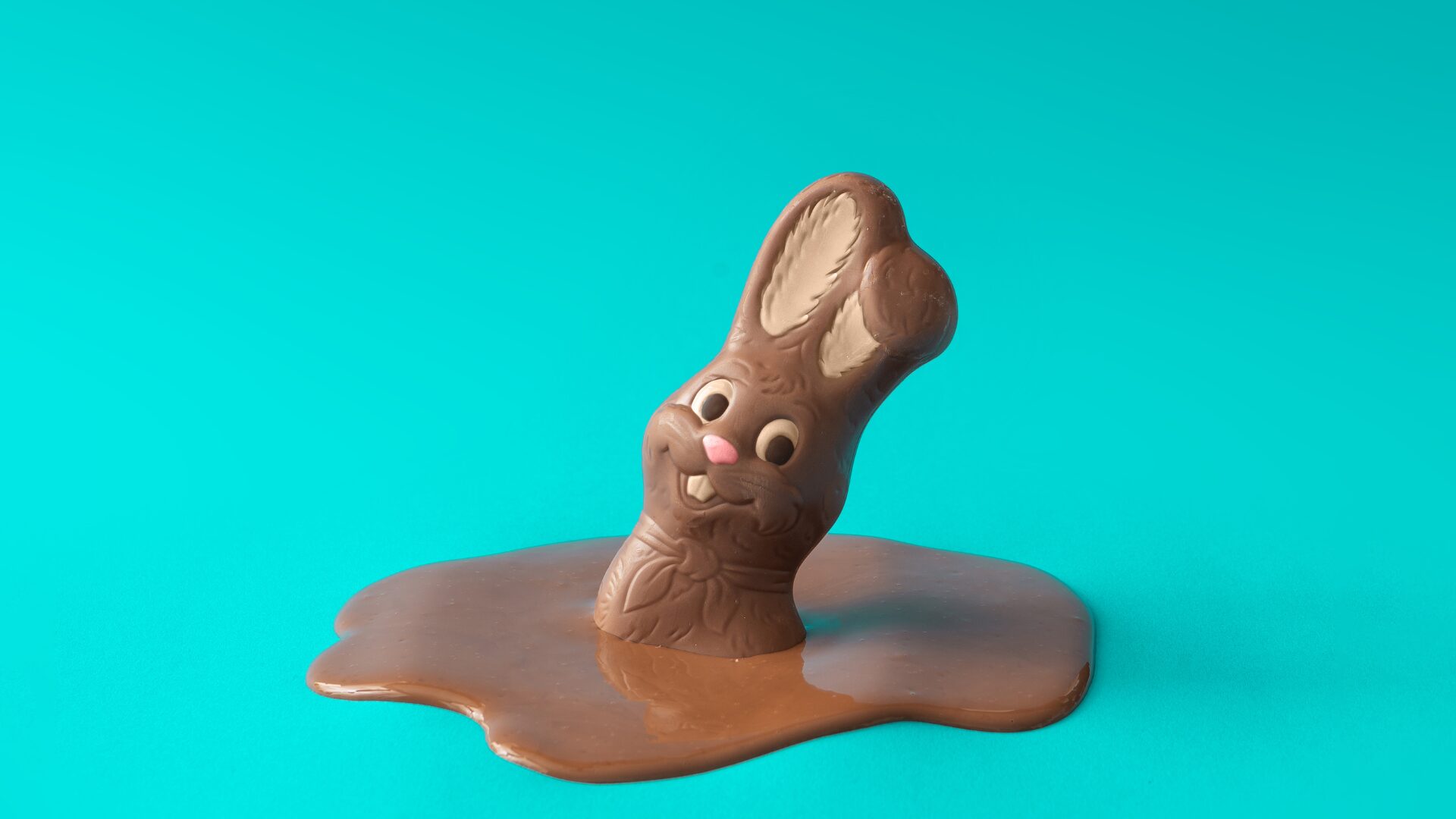Easter eggs, bells and bunnies: are they protected by IP rights?

When we think of Easter, your thoughts and memories will probably go back to your childhood. Searching chocolate eggs, hidden by the Easter bunny between the crocuses and other spring flowers, and filling your basket. Easter bells are ringing all around. With a full basket and proud as a peacock of your achievements, you were parading in front of the other children. This is the nice fairy tale version! But is Easter as innocent for entrepreneurs and their business as it seems?
Let’s dig into the mysterious tunnels of the Easter bunny in search of Intellectual Property Rights…
Which intellectual property rights are eligible for Easter products?
Fabricating easter eggs involves several technical steps. These include the composition of the chocolate, the method of assembling the egg halves, creating hollow chocolate products, and using molds with relief ornamentals. The same principles apply to the creation of Easter bunny figures. Other considerations include the design of egg-collecting baskets, as well as bunny figures or chick toys, which can be quite artistic. The technical process steps can be safeguarded by a patent, while the unique aesthetics can be protected by design right or copyright. Trademarks can be employed to distinguish your products from those of competitors.
Famous cases about Easter related trademarks and designs.
Firstly, we have several cases about the protection of the packaging as a sitting golden bunny: in 2012 this was not considered as distinctive by the European Court of Justice and could therefore not be protected as a ‘three dimensional’ mark. But several years later the same company could claim protection for both a valid registered ‘shape’ trademark, and a ‘colour’ trademark of the golden sitting bunny, through which they could stop another company to sell this packaging and even oblige them to destroy their stock.
Secondly, there is another trademark dispute that concerns the purple color for the Easter egg package, where it was shown that a color can be protected by a trademark, if the description of the application is sufficiently clear.
Thirdly, a German court ruled that the name ‘Easter’ itself cannot be monopolized for food and alcoholic beverages, but this does not mean that trademarks cannot be obtained for Easter related names for other kinds of products in other countries.
Furthermore, Easter egg designs can be protected by copyright. In a particular case this was made clear when an artist was selling artistic eggs on a website, which were copied and sold by a competitor. The artist obtained an injunction to prevent the competitor to use these arts.
How to deal with Easter business as an entrepreneur?
When you improve an Easter chocolate making process, be aware that you can file a patent application based on the technical features before you commercialize the product. Additionally, it's important to consider protecting your process through trade secrets. As an artist, your Easter creations or ornaments can be protected by design right or copyright. Copyright is obtained automatically, and no registration is needed. Make sure that your creations get a time stamp to prove that they already existed at a given point in time. When you plan to sell new Easter products in a shop or on a webpage, registering a trademark can give your brand more credibility.